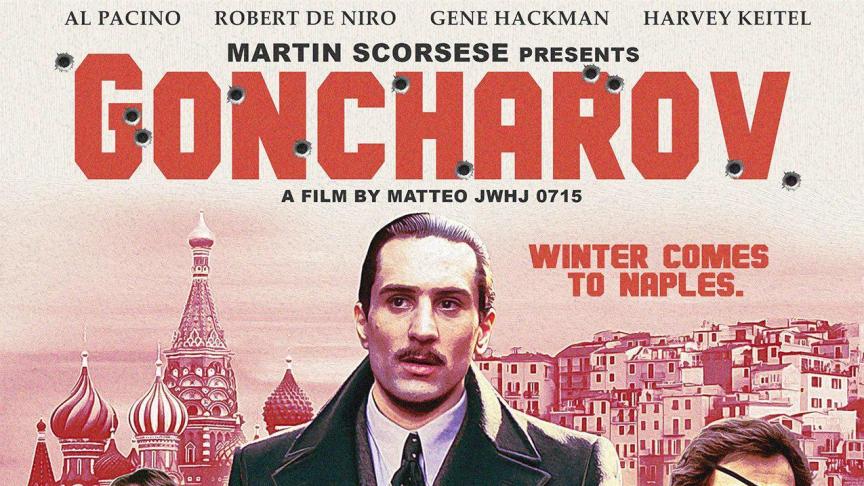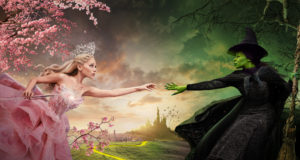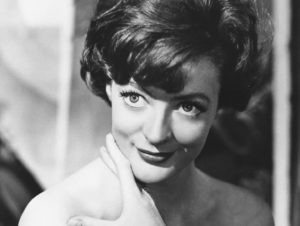The secrets behind Martin Scorsese’s film Goncharov
The most mysterious film in cinema, “Goncharov”, by the immense Martin Scorsese, seems to escape all investigation. We wanted to find out more.
Few are the lucky ones to have seen Martin Scorcese‘s cult Goncharov, the ghost film that everyone talks about but few have seen. Like the ferret in the song, “he’s been here, he’ll be there”.
“Things are never obvious. Think for yourself. Do your own research. » Uncle Grisha, in Goncharov
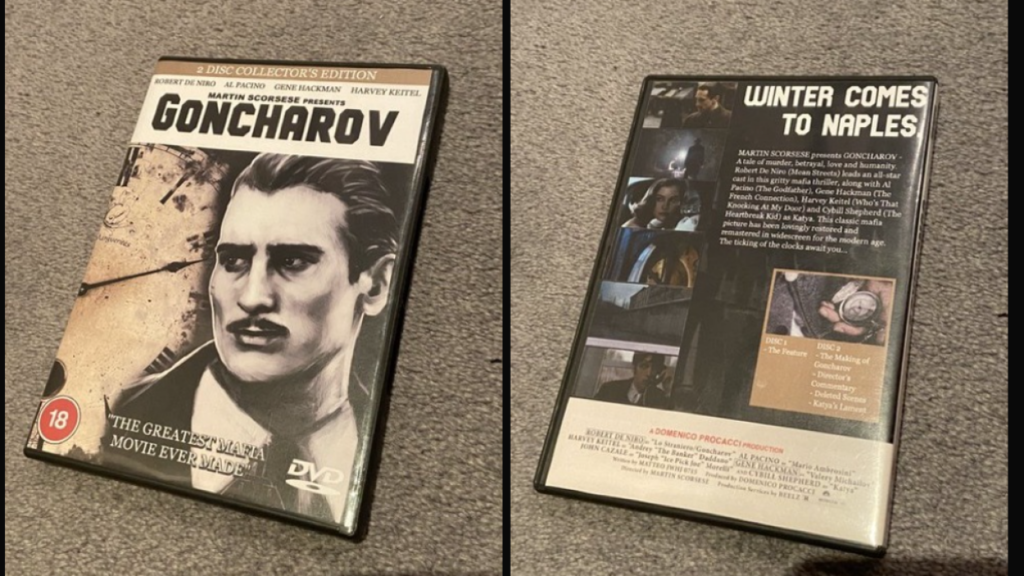
« Winter comes to Naples ». A metaphor ? © DR
Goncharov, a famous and yet all too rare film
A dream cast: Al Pacino, Robert de Niro, Harvey Keitel, Gene Hackman, Cybill Shepherd. A gangster story in the great vein of film classics. Goncharov is a nightclub manager, but he leads a double life. He’s also a killer from the Russian mafia. The film is set in Naples, where we discover the parallel incestuous relationships between the Neapolitan and Russian mafias, between the female characters themselves, between the strong personalities of men with double lives. Everything in this film is double, like a second layer beneath the veneer of a classic mafia film. Scorcese’s first message is to look beyond appearances. Think, question. Is it really that dangerous? In any case, the film won’t make it to the screen.
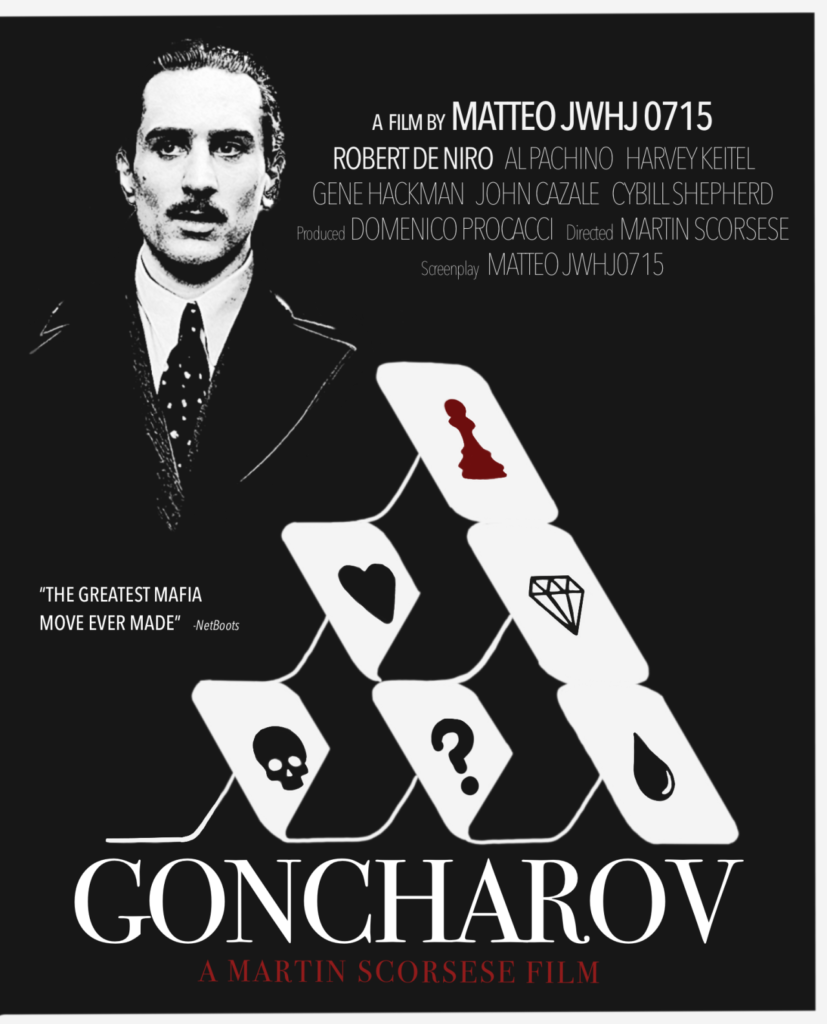
The house of cards always ends up collapsing, when the breath of reflection comes to shake it © DR
The plot against Goncharov
It’s unlikely that you’ll ever see Goncharov on television. And yet, other Martin Scorcese films have been shown, such as Taxi Driver, Goodfellas, Aviator, The Departed, The Wolf of Wall Street, etc. So why not Goncharov? What’s the terrible secret behind this ostracism? It can’t be the vagaries of programming, we’re not fooled. A film with a cast like that doesn’t make it onto TV, while we’re treated to Le Gendarmes et les Gendarmettes every year? Come on! There’s more to it than that. But what else?
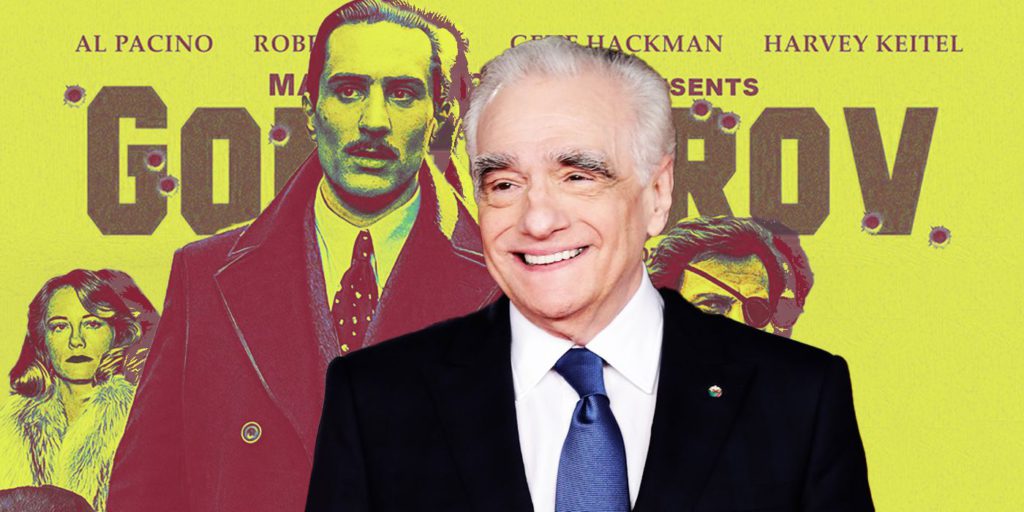
Martin Scorsese is 81 years old, will he soon tell the end of the story? © DR
We’re told about copyrights, production problems, lawsuits that never came to an end – in short, it’s all about the big bucks. And then the film was buried, and we moved on. Each actor went on to his own brilliant career, and so did Scorsese. Nothing to see here. Nothing to see? In any case, the film is not credited in Scorsese’s filmography on Wikipedia, since apart from people who saw it at film festivals at the time, it was never distributed.
A film under Russian influence?
One name comes up often, whispered under the table, like a password to understanding the secrets hidden in the film: “Tolstoy”. Of course, I’ve been warned: don’t mention it. Why, I asked my well-informed interlocutor, who wished to remain anonymous? I don’t know, it’s a state secret. That’s all the answer I got. It’s a bit light. Then I remembered that this summer I read Sasha Tolstoy‘s book Exile, whose hero is called “Goncharov”. Here with a “T” as in Tolstoy. Coincidence? Coincidence? I don’t think so.
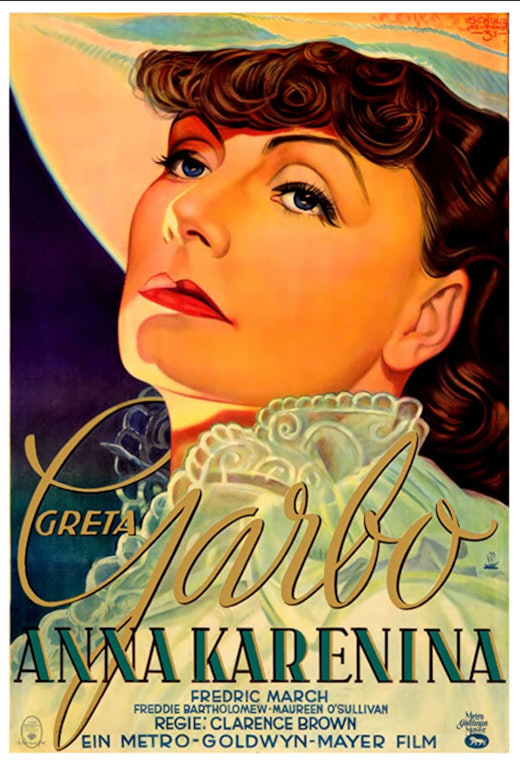
Greta Garbo in Tolstoy’s “Anna Karenina”: they are everywhere © Metro-Goldwyn-Mayer
In Tolstoy there are 2 “T “s and 2 “O “s, and I’m not saying that because it sounds like Toto as in the character’s jokes. There’s nothing funny about it. And of course, shouldn’t the absolutely tragic scene with the woman in Goncharov’s film be put in perspective with the final scene in Leo Tolstoy‘s Anna Karenina? But perhaps I’m already saying too much about a film that’s mysterious enough as it is.
Hidden secrets and the Cold War
But let’s not forget the historical context. When the film was made in 1973, we were at the height of the Cold War. Opposition between the blocs was at its height. It’s a time when Russians and Westerners don’t talk to each other. But some messages managed to get through, camouflaged in artistic works. Paintings, books, songs. And films? Yes, films too. So, did Scorcese pass secret messages in plain sight, hiding without hiding? Some people think so, on the theory that nothing is better hidden than when it’s right in front of everyone’s eyes. Show everything to hide everything. Only those with eyes can see.
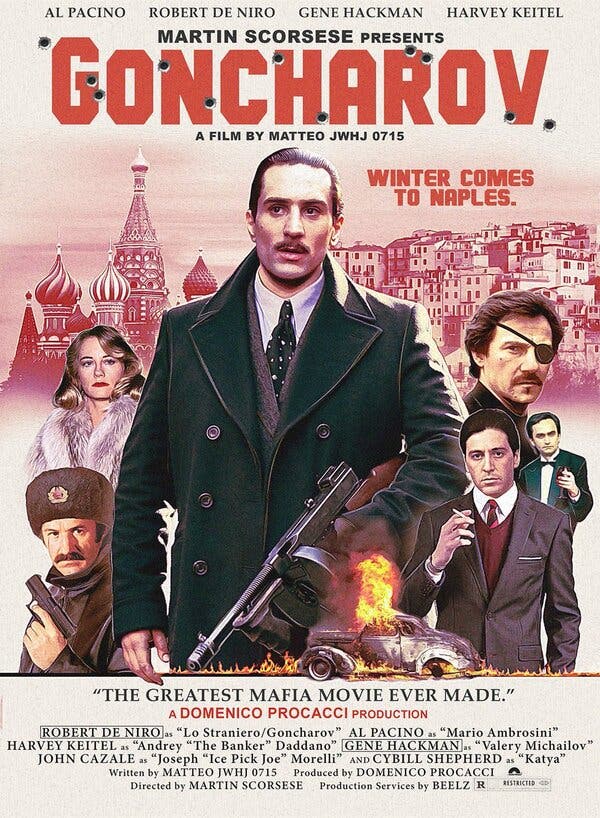
Even the film poster gives food for thought © DR
So yes, the beer bottle scene is too long, but is that just a mistake by a “beginner” like Scorcese? Of course not. You have to look into it. Someone who’s had a chance to see the film twice pointed out to me that no one mentions the bottle of vodka leaning over the counter at 40°. That’s the same number of degrees as the alcohol in vodka. Look at the direction it’s pointing on the wall, the bottle is pointing at something, it’s not insignificant.
« Si non ė vero, ė bene trovato. » Giordano Bruno on Goncharov
An inconvenient truth?
At a time when we’re beginning to accept the idea that, perhaps, the images of the 1969 moon landing were fake and shot in studios on Earth (see the film To The Moon with Scarlett Johannson released this summer), isn’t it time to face up to the truth behind Goncharov? But the question is: is this truth more of a nightmare than a dream?
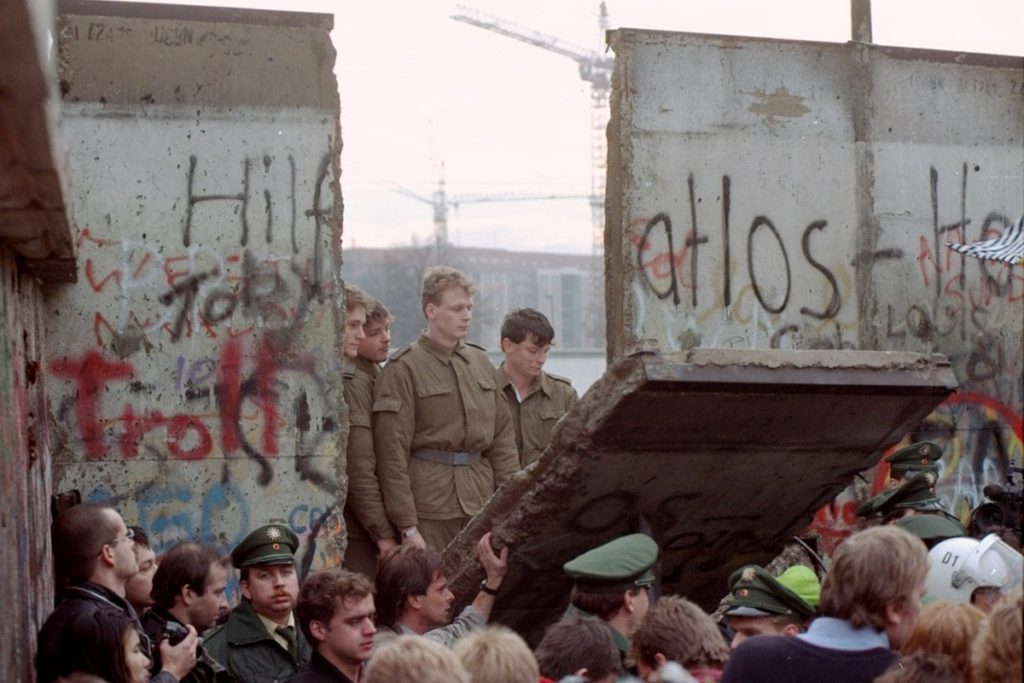
Are the repeated clock scenes just a metaphor for time, a plot device to heighten tension? Or do they have a much more subtle message? Is it true that adding up the hours gives the exact date of the Fall of the Berlin Wall? And if so, how could Scorcese have guessed this date 16 years in advance? Unless, of course, this date had been known for a long time, prepared for years by people who continued to talk to each other across the Wall. People pulling strings in the shadows, in tune with the movement of the stars. What’s up is like what’s down. But this is obviously pure fiction, isn’t it? Let us instead be carried along by Goncharov‘s dream, the ghost film that knows, but will say nothing.
Trailer :
‘A Haunting in Venice’: reinventing Agatha Christie’s mystery with a layer of horror
